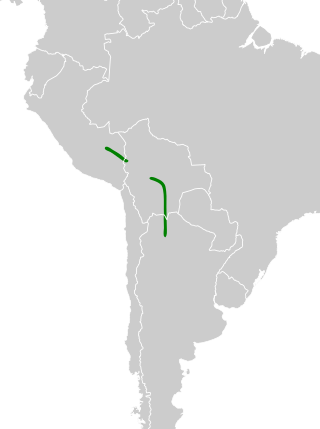
The white-throated antpitta is a species of bird in the family Grallariidae. It is found in Argentina, Bolivia, and Peru.

The moustached antpitta is a Vulnerable species of bird placed in the family Grallariidae. It is found in Colombia and Ecuador.
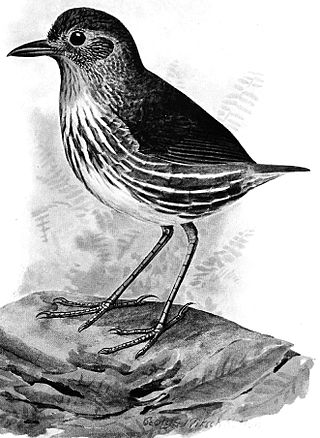
The Santa Marta antpitta is a Vulnerable species of bird in the family Grallariidae. It is endemic to Colombia.
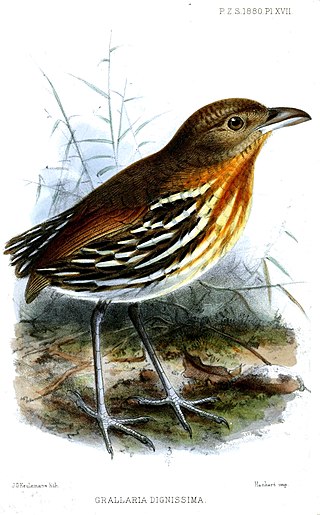
The ochre-striped antpitta is a species of bird in the family Grallariidae. It is found in Colombia, Ecuador, and Peru.

The great antpitta is a Near Threatened species of bird in the family Grallariidae. It is endemic to Venezuela.
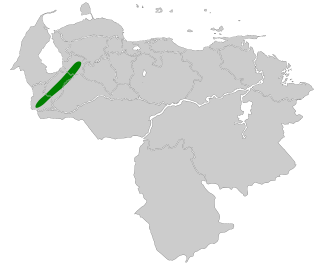
The grey-naped antpitta is a species of bird in the family Grallariidae. It is endemic to Venezuela.

The scaled antpitta is a species of bird in the family Grallariidae. It is found in Bolivia, Brazil, Colombia, Costa Rica, Ecuador, El Salvador, Guatemala, Guyana, Honduras, Mexico, Nicaragua, Panama, Peru, Trinidad and Tobago, and Venezuela.

The plain-backed antpitta is a species of bird in the family Grallariidae. It is found in Colombia, Ecuador, Peru, and Venezuela.

The chestnut-naped antpitta is a species of bird in the family Grallariidae. It is found in Colombia, Ecuador, and Peru.

The chestnut-crowned antpitta is a species of bird in the family Grallariidae. It is found in Colombia, Ecuador, Peru, and Venezuela.

The variegated antpitta is a species of bird in the family Grallariidae. It is found in Argentina, Brazil, Colombia, the Guianas, Paraguay, Peru, and Venezuela.

The ochre-breasted antpitta is a species of bird in the family Grallariidae. It is found in Bolivia, Colombia, Costa Rica, Ecuador, Panama, and Peru.
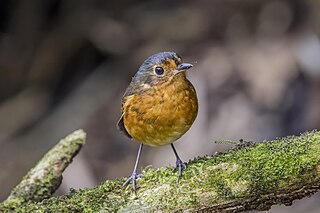
The slaty-crowned antpitta or slate-crowned antpitta is a species of bird in the family Grallariidae. It is found in Brazil, Colombia, Ecuador, Guyana, Peru, and Venezuela.
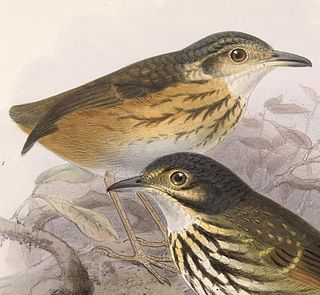
The thicket antpitta is a species of bird in the family Grallariidae. It is found in Colombia, Costa Rica, Honduras, Nicaragua, and Panama.

The white-lored antpitta or fulvous-bellied antpitta is a species of bird in the family Grallariidae. It is found in Colombia, Ecuador, and Peru.

The spotted antpitta is a species of bird in the family Grallariidae. It is found in Brazil, Colombia, French Guiana, Guyana, Peru, Suriname, and Venezuela.
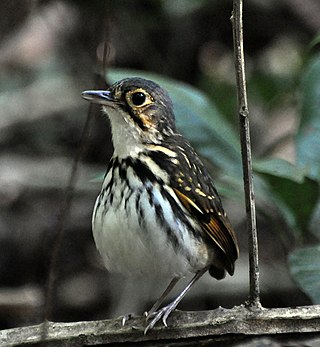
The streak-chested antpitta or spectacled antpitta is a species of bird in the family Grallariidae. It is found in Colombia, Costa Rica, Ecuador, Honduras, Nicaragua, and Panama.

The white-banded tyrannulet is a species of bird in subfamily Elaeniinae of family Tyrannidae, the tyrant flycatchers. It is found in Bolivia, Colombia, Ecuador, Peru, and Venezuela.
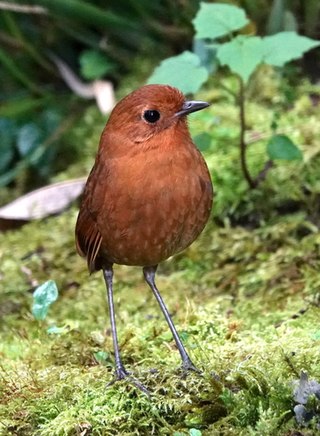
The equatorial antpitta is a species of bird in the family Grallariidae. It is found is Colombia, Ecuador, and Peru.

The Perija antpitta is a Near Threatened species of bird in the in the family Grallariidae. It is endemic to the Serranía del Perijá on the border of Colombia and Venezuela.























